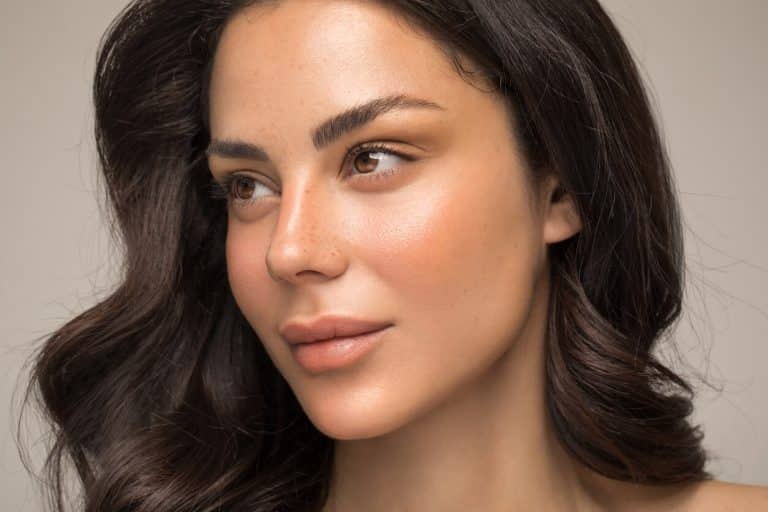Eyebrow transplant in Dubai(زراعة شعر الحواجب في دبي) has become an increasingly popular solution for those seeking fuller, natural-looking eyebrows. However, the success of this procedure is closely linked to the natural hair growth cycles, which play a crucial role in how transplanted hair follicles develop over time. Understanding these cycles helps patients set realistic expectations and ensures better care post-transplant for optimal results.
Hair Growth Cycles Explained:
Hair grows in a repeating cycle consisting of three distinct phases. Each phase affects how transplanted eyebrow hair behaves after surgery:
Anagen Phase: Active Growth Period:
- This is the phase where hair follicles are actively producing new hair.
- It can last anywhere from 2 to 7 years in scalp hair, but eyebrow hairs have a much shorter anagen phase, usually lasting about 30 to 45 days.
- Transplanted hairs in this phase will grow steadily, contributing to eyebrow density and fullness.
Catagen Phase: Transition Stage:
- Lasting approximately 2 to 3 weeks, this is a short period where hair growth slows down.
- Hair follicles shrink, and the hair detaches from the blood supply.
- Transplanted hairs in catagen may shed temporarily before entering the next phase.
Telogen Phase: Resting and Shedding:
- This phase lasts about 3 months for scalp hair and slightly less for eyebrow hair.
- Hair follicles remain dormant, and old hairs fall out naturally.
- Shedding during this phase is normal and expected after an eyebrow transplant.
Impact of Hair Growth Cycles on Eyebrow Transplant in Dubai:
The unique characteristics of eyebrow hair growth cycles directly influence the visible results of an eyebrow transplant. Here’s how:
Initial Shedding After Transplant:
- Many patients notice shedding of transplanted eyebrow hairs within 2 to 3 weeks post-procedure.
- This shedding corresponds with the telogen phase and is a natural part of the hair cycle.
- It does not indicate transplant failure; rather, it is temporary before new hairs begin growing.
Gradual Regrowth:
- New hair starts to grow after the shedding phase, usually within 6 to 8 weeks.
- Since eyebrow hairs have a shorter anagen phase, growth can appear slower compared to scalp hair transplants.
- Consistent care and patience are essential during this phase for the best outcomes.
Longevity and Maintenance:
- Because eyebrow hairs cycle through growth phases faster, maintenance sessions might be necessary for some individuals.
- Understanding these cycles helps patients avoid frustration and maintain realistic expectations.
Factors Influencing Hair Growth Cycles and Transplant Success:
Several internal and external factors can affect the hair growth cycles and the overall success of an eyebrow transplant:
Hormonal Influence:
- Hormones like androgens can impact the thickness and growth rate of eyebrow hairs.
- Hormonal imbalances may disrupt normal cycles and affect transplant results.
Age and Genetics:
- Natural aging slows down hair growth cycles.
- Genetic predispositions determine hair density, growth speed, and cycle length.
Post-Transplant Care:
- Proper care, including avoiding excessive rubbing and using recommended topical treatments, supports healthy follicle recovery.
- Poor aftercare can cause premature shedding or damage to newly transplanted follicles.
Nutrition and Health:
- A balanced diet rich in vitamins and minerals promotes healthy hair cycles.
- Conditions such as thyroid disorders or stress can interrupt normal growth patterns.
What to Expect During Eyebrow Transplant Recovery:
Awareness of hair growth cycles helps patients understand the timeline of recovery and final results after an eyebrow transplant(زراعة شعر الحواجب)
Week 1 to 3: Initial Healing and Shedding:
- Mild swelling and redness are common.
- Transplanted hairs may shed as they enter the telogen phase.
Weeks 4 to 8: Dormancy Period:
- Hair follicles rest, and new hairs start to develop under the skin.
- Visible changes may be minimal during this phase.
Month 3 to 6: Noticeable Regrowth:
- New eyebrow hairs begin to emerge visibly.
- Hair length and density gradually improve.
After 6 Months: Final Results Begin to Stabilize:
- Full results often take up to 9 to 12 months.
- Patients may notice the need for minor touch-ups due to natural hair cycle variations.
Tips to Support Healthy Hair Growth After an Eyebrow Transplant:
To maximize the success of an eyebrow transplant, consider these recommendations:
- Avoid touching or scratching the transplanted area.
- Follow the surgeon’s instructions regarding washing and moisturizing.
- Use gentle, sulfate-free cleansers.
- Protect the eyebrows from direct sun exposure.
- Maintain a healthy diet rich in protein, iron, and vitamins A, C, and E.
- Avoid smoking and excessive alcohol consumption.
Conclusion:
Understanding the natural hair growth cycles is essential for anyone considering an eyebrow transplant in Dubai. These cycles influence the shedding, regrowth, and maintenance of transplanted hairs, shaping the overall outcome of the procedure. Patience and proper care during each phase can significantly enhance results, helping you achieve the full, natural eyebrows you desire. Embracing the biology behind hair growth ensures a successful and satisfying eyebrow restoration journey.
If you want to explore eyebrow transplant options or have more questions about the procedure, consulting with a qualified specialist in Dubai is the best step toward achieving your aesthetic goals.

